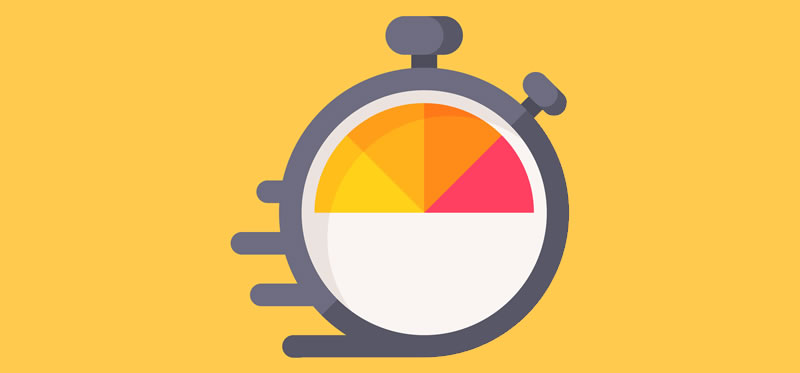
It has never been more important to optimise your website pages for speed.
After all, faster page speeds mean a better user experience, higher rankings in the search results, and improved conversion rates.
With that in mind, if page speed optimisation is not currently a key part of your SEO strategy, it needs to be!
If you do not know where to start your page speed optimisation journey, never fear; I have written a full-length guide on the topic, and this blog post will briefly summarise three of the main points.

1. Core Web Vitals
Optimising for Google’s Core Web Vitals is a key part of page speed optimisation. There are three different Core Web Vitals, which each look at a different element of page speed and user experience:
- Largest Contentful Paint: This metric measures the time it takes for the main chunk of content on your page to render.
- First Input Delay: This metric measures the time it takes for a page to become interactive – for example, the time taken for hyperlinks or interactive elements to become clickable, or useable.
- Cumulative Layout Shift: This metric measures the visual stability of a page as it loads.
Make sure you optimise your pages for all three Core Web Vitals. You cannot neglect even one of them! They all play a key role in page loading speed – and this in turn is an important ranking factor for Google.
2. Critical rendering path optimisation
Often, page speed problems will be related to the use of JavaScript. The technique of optimising a critical rendering path is one approach to solving JavaScript-related page speed issues. This means determining which resources (in terms of JavaScript and CSS) are required “above the fold”. Once these determinations are made, JavaScript and CSS which is required above the fold can be inlined (making it render-blocking) whilst the rest of the code can be deferred. In this way, a page loads as fast as it can with minimal glitches and therefore minimal UX impact.
3. Image formats
If you encounter recommendations to further optimise your images, you may wish to explore the new WebP image format. Even when compared against well-compressed and optimised conventional images (JPG, PNG, etc.), WebP is a new format offering large bandwidth and disk-space savings.
I hope this blog post has given you a useful introduction to page speed optimisation. For more in-depth information and advice, read the full-length guide here. The guide covers:
- why page speed optimisation is important
- Core Web Vitals
- common page speed issues
- critical rendering path optimisation
- JavaScript optimisation
- image formats
- special considerations for international websites







